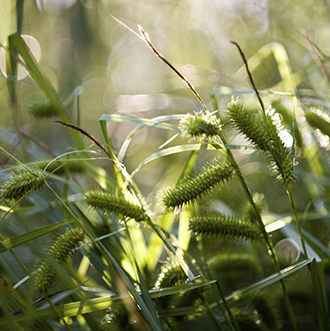Restoration Plan
Snohomish Estuary Restoration
Restoration activities occurring throughout the Snohomish Estuary are critical to the restoration of the estuary as a whole. The following projects have helped to restore or will restore a diversity of habitats within the estuary.
Snohomish Estuary Restoration Projects
Ebey Island (Passive) Restoration
In 1975, a portion of the Ebey Island floodplain adjacent to the Qwuloolt and along Ebey Slough was restored to a tidal wetland complex a result of levee failure. Today the site is dominated by mudflats, Lyngby’s sedge, hardstem bulrush, and cattail. This site offers a reference for what early recovery of Qwuloolt may look like.
Spencer Island (Active and Passive) Restoration
In the mid-1990s, a dike enclosing the southern perimeter of the island was breached in three places, allowing inundation of isolated floodplain. Recently, the internal cross-dike failed, returning river and tidal influence to the entire wetland complex. South Spencer Island is one of the most well studied restoration projects in the estuary. It continues to provide valuable information for today’s efforts.
Union Slough/Smith Island (Active) Restoration
The City of Everett and Port of Everett recently completed two restoration projects on Union Slough restoring close to 100 acres to tidal action. Further upstream on Union Slough, a portion of Smith Island was restored to a tidal wetland system in order to improve flood protection for the City of Everett Water Pollution Control Facility. Restoring wetlands improved the flood storage capacity of the island while reinforcing dikes behind the wetlands strengthened flood protection. Snohomish County is also planning to restore an additional 400 acres by constructing a new setback levee further west on the site and breaching the existing levee along Union Slough.


